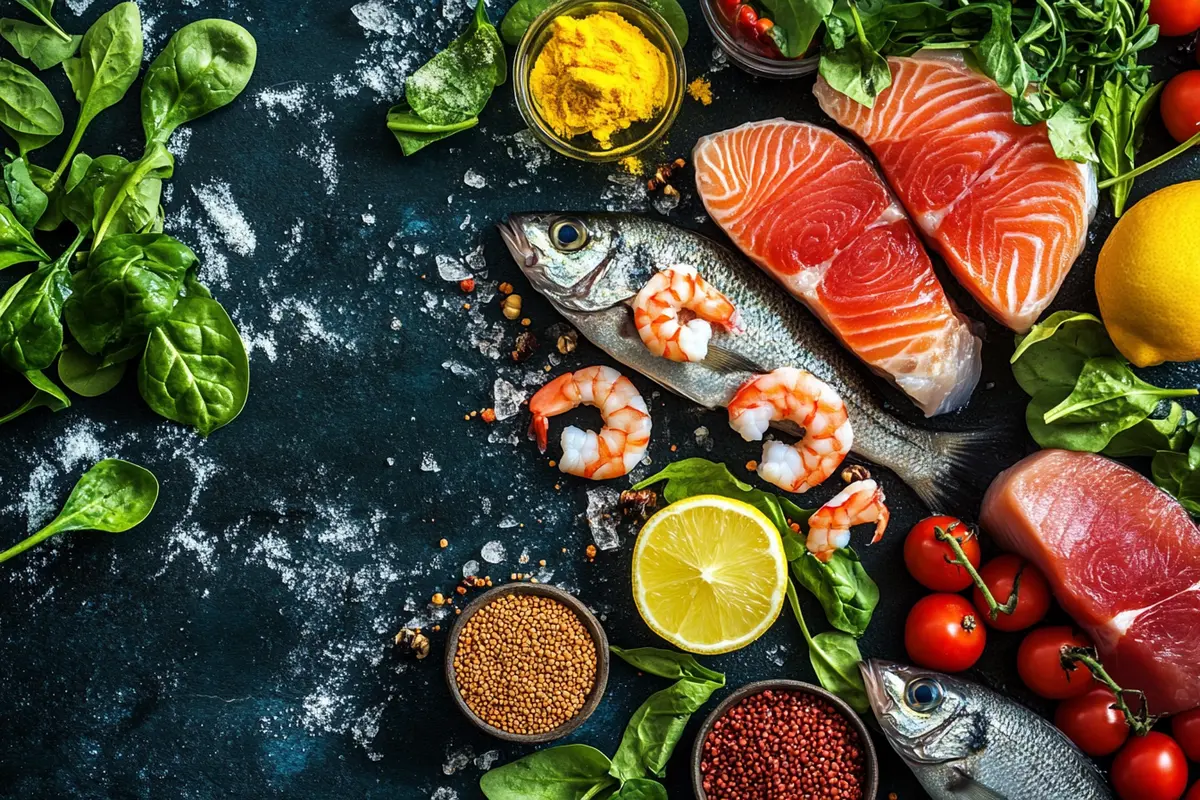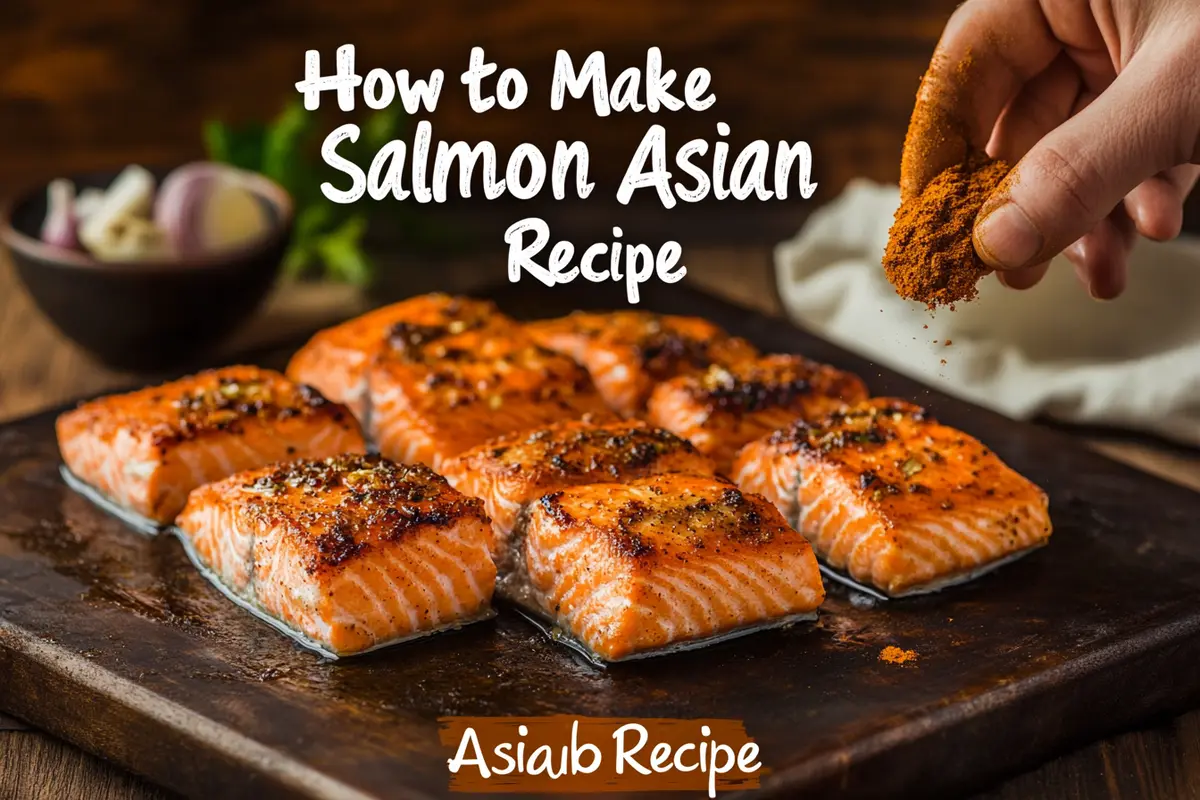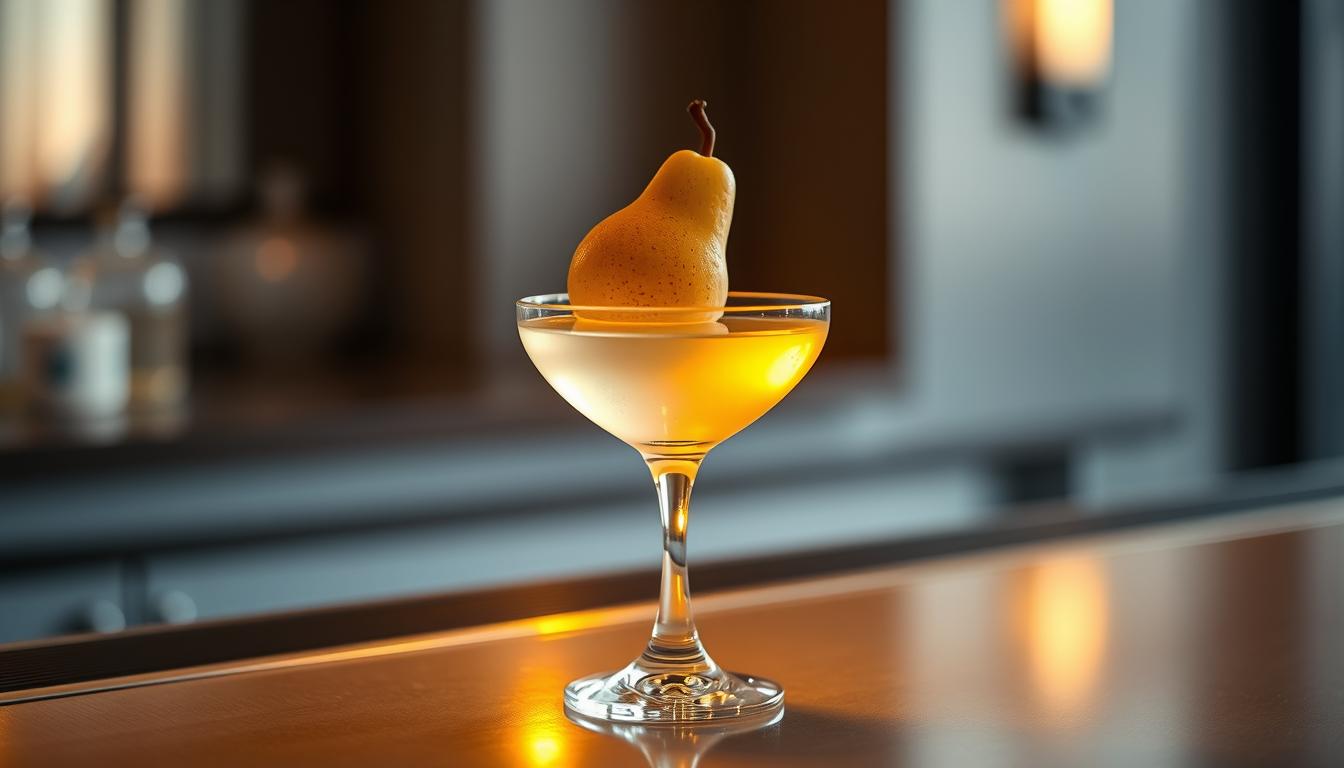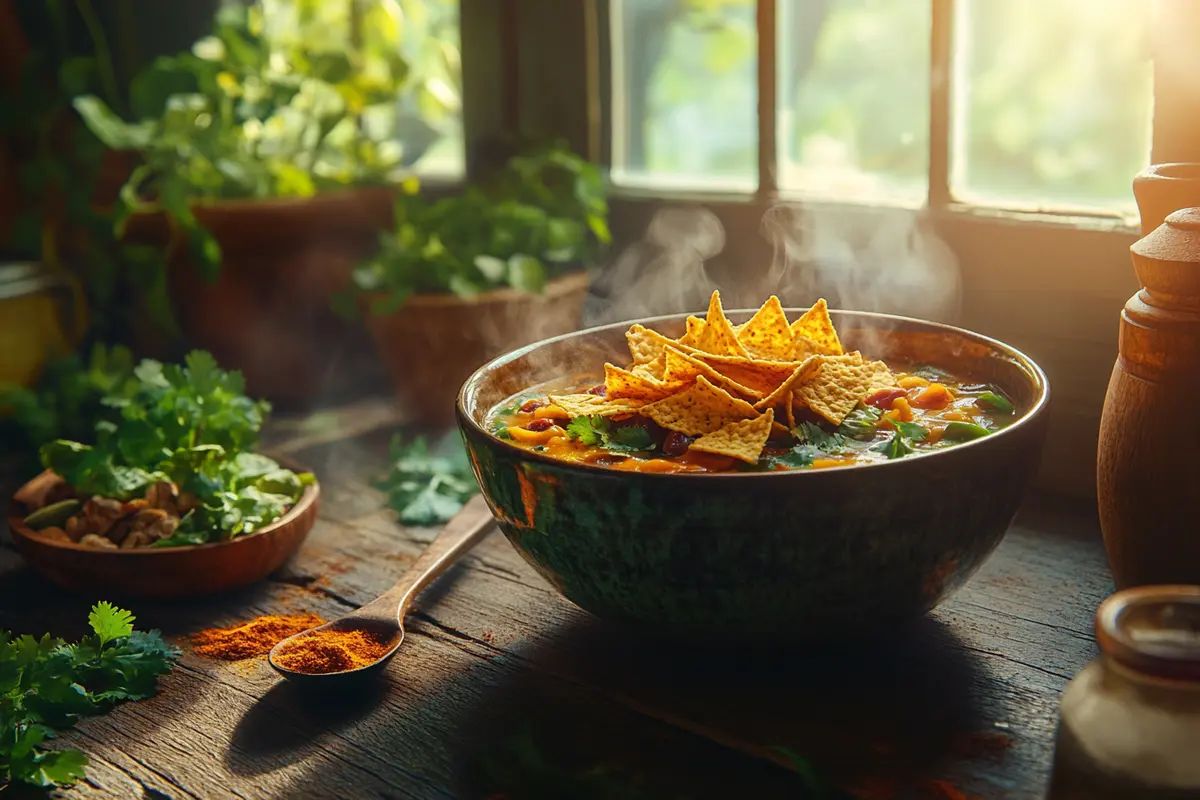Discover how to create a nutritious fish food recipe that keeps your aquatic pets healthy and vibrant.
Creating the perfect fish food recipe at home ensures your fish receive balanced nutrition tailored to their specific needs. This comprehensive guide covers everything of Popular fish dishes from essential ingredients to step-by-step preparation methods, ensuring your fish thrive in a healthy environment.
Why Choose Homemade Fish Food?
Opting for homemade aquarium food offers many advantages over store-bought options. Not only can you control the quality and freshness of the ingredients, but you also have the flexibility to cater to the unique dietary needs of your fish.
Health Benefits of Homemade Fish Food
Firstly, making your own fish food provides essential nutrients that support growth, immunity, and overall well-being. By carefully selecting ingredients, you can prevent common health issues such as fin rot, poor coloration, and sluggishness. Moreover, knowing exactly what goes into your fish’s diet allows you to tailor their meals to their specific health needs.
Cost-Effective Fish Nutrition Solution
Additionally, creating your own aquarium food can be more economical in the long run. Purchasing ingredients in bulk and repurposing leftovers reduces overall costs compared to buying commercial fish food regularly. Furthermore, by making your own food, you eliminate the recurring expense of purchasing packaged food, which can add up over time.
Environmental Impact of Homemade Aquarium Food
Moreover, making your own fish food minimizes packaging waste and reduces your carbon footprint. By choosing sustainable ingredients, you contribute to a healthier planet while ensuring your fish receive high-quality nutrition. Consequently, homemade aquarium food aligns with eco-friendly practices, benefiting both your aquarium and the environment.
Essential Ingredients for Balanced Fish Nutrition
A well-rounded aquarium food includes a mix of proteins, carbohydrates, fats, vitamins, and minerals. Here’s a detailed look at each part to help you create a balanced diet for your fish.
Proteins in Aquarium Food
Proteins are vital for growth and repair. Therefore, incorporating high-quality protein sources is essential. Consider the following:
- Fish meal: High in essential amino acids.
- Shrimp: Adds flavor and nutrition.
- Eggs: A versatile protein source.
Carbohydrates in Aquarium Food
Carbohydrates provide energy, making them a crucial part of the diet. Suitable options include:
- Rice flour: Easily digestible and affordable.
- Oats: Rich in fiber and nutrients.
- Sweet potatoes: Offer natural sweetness and vitamins.
Fats in Aquarium Food
Healthy fats support cell structure and energy storage. Thus, include:
- Fish oil: Enhances coat and fin health.
- Flaxseed oil: A plant-based alternative rich in Omega-3.
Vitamins and Minerals in Aquarium Food
Essential for various bodily functions, vitamins and minerals should not be overlooked. Ensure your mix includes:
- Vitamin C: Boosts the immune system.
- Calcium: Strengthens bones and scales.
- Iron: Prevents anemia and supports metabolism.
Step-by-Step Guide to Making Fish Food Pellets at Home
Creating your own fish food pellets is simple. Follow these steps to prepare nutritious meals for your aquatic friends.
Ingredients You’ll Need for Fish Food
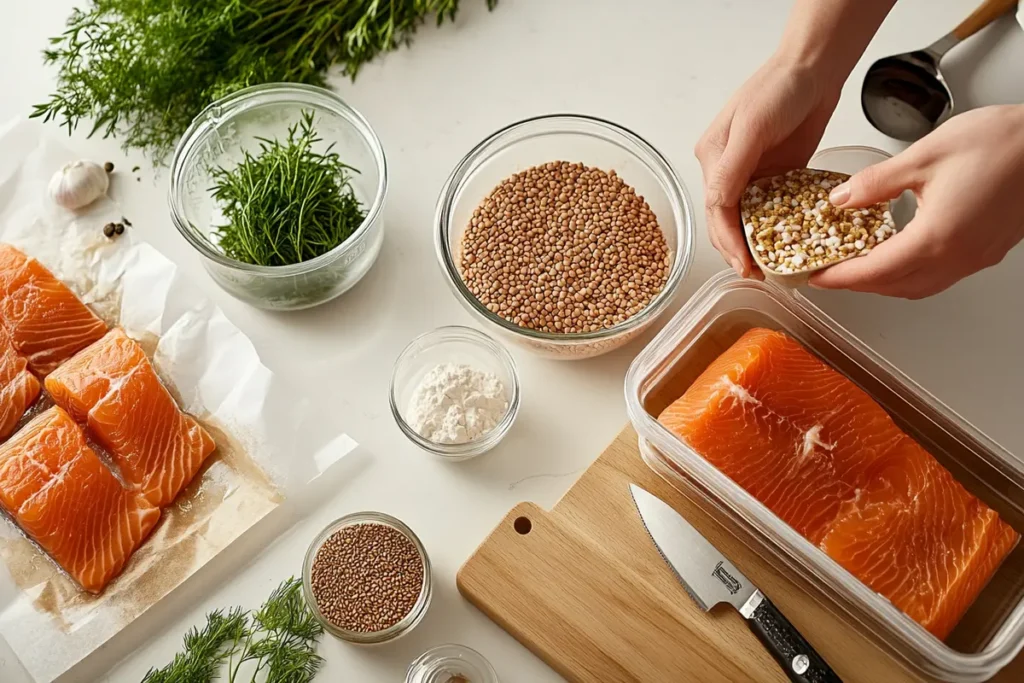
- 1 cup of fish meal
- 1/2 cup of rice flour
- 1/4 cup of shrimp, finely chopped
- 2 tablespoons of fish oil
- 1 teaspoon of vitamin C powder
- 1 teaspoon of calcium powder
- 1 teaspoon of iron powder
- Water as needed
Equipment Required for Fish Food
- Mixing bowl
- Measuring cups and spoons
- Pellet molds or ice cube trays
- Dehydrator or oven
Mixing the Ingredients
- Combine Dry Ingredients: In a large mixing bowl, combine fish meal, rice flour, vitamin C powder, calcium powder, and iron powder. Mix thoroughly to ensure even distribution.
- Add Wet Ingredients: Next, add the chopped shrimp and fish oil to the dry mixture. Gradually add water, mixing continuously until a dough forms.
Shaping the Pellets
- Mold the Pellets: Subsequently, press the dough into pellets using a pellet mold or simply shape them into small balls suitable for your aquarium size.
- Dry the Pellets: Then, place the shaped pellets on a dehydrator tray or a baking sheet if using an oven. Dry them at low heat (around 150°F or 65°C) for 4-6 hours until they are hard and dry.
Storing the Fish Food Pellets
Once dried, store the pellets in an airtight container to keep them fresh and nutritious. Proper storage ensures that the food remains safe and healthy for your fish.
Best Practices for Feeding Your Fish with Homemade Food
Understanding how to feed your fish correctly is as important as preparing the right aquarium food. Therefore, follow these best practices to maintain a healthy aquarium environment.
Feeding Frequency for Aquarium Food
- Small Fish: Feed 2-3 times a day in small amounts.
- Larger Fish: Feed once or twice a day, adjusting the quantity based on their appetite.
Portion Control in Aquarium Food
Avoid overfeeding by offering only what your fish can consume within 2-3 minutes. Excess food can pollute the water, leading to harmful algae growth and poor water quality. Consequently, maintaining portion control is crucial for a clean and healthy aquarium.
Observing Your Fish During Feeding
Monitor your fish during feeding times. Healthy fish should be active and show interest in the food. If you notice lethargy or disinterest, it may indicate health issues or dietary deficiencies. Therefore, regular observation helps in early detection of potential problems.
Tailoring Fish Food for Different Aquariums
Different types of aquariums and fish species have unique dietary requirements. Consequently, customize your aquarium food to suit specific environments and fish.
Freshwater Aquarium Recipes
Freshwater fish, such as goldfish and tetras, thrive on a balanced diet rich in plant matter and proteins. Therefore, incorporate ingredients like peas, spinach, and small shrimp into your recipes.
Saltwater Aquarium Recipes
Saltwater fish require higher protein content and specific minerals. Thus, use ingredients like brine shrimp, spirulina, and specialized salts to meet their nutritional needs.
Pond Fish Food Recipes
Pond fish, including koi and goldfish, benefit from larger pellet sizes and higher fat content to sustain them in outdoor environments. Consequently, incorporate ingredients like cornmeal and soybean oil for energy.
Homemade Fish Food for Goldfish: A Special Recipe
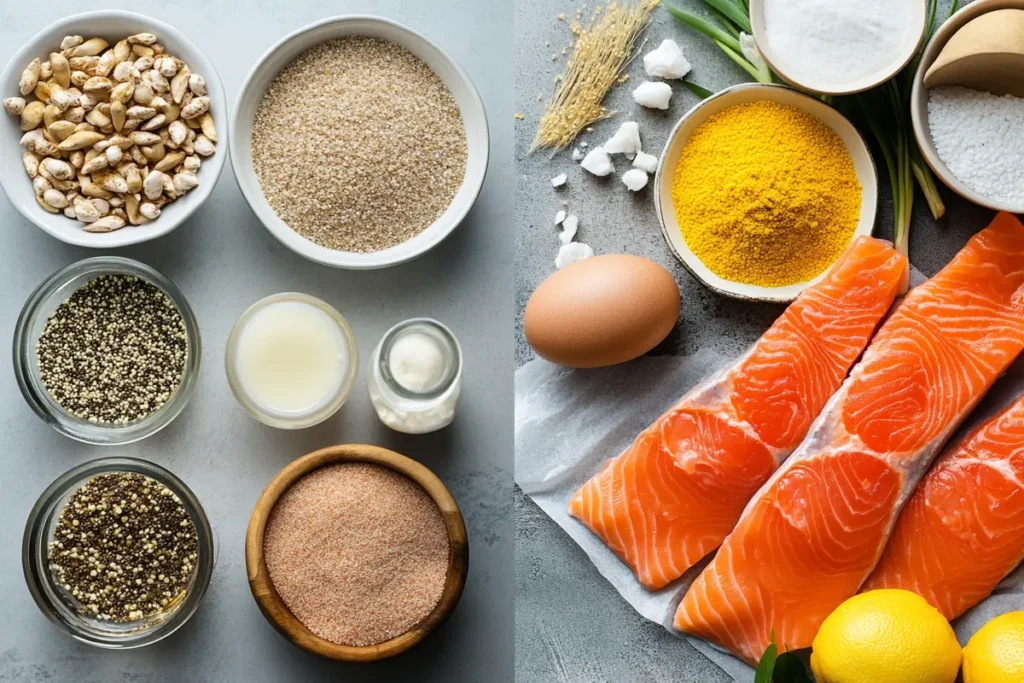
Goldfish have specific dietary needs to maintain their vibrant colors and robust health. Here’s a specialized homemade fish food recipe for goldfish.
Ingredients for Goldfish Food
- 1 cup of fish meal
- 1/2 cup of wheat flour
- 1/4 cup of spinach, finely chopped
- 2 tablespoons of soybean oil
- 1 teaspoon of vitamin C powder
- 1 teaspoon of calcium carbonate
- Water as needed
Preparation Steps for Goldfish Food
- Mix Dry Ingredients: First, combine fish meal, wheat flour, vitamin C powder, and calcium carbonate in a bowl.
- Add Wet Ingredients: Then, stir in the chopped spinach and soybean oil. Gradually add water to form a pliable dough.
- Shape and Dry: Next, press the dough into small pellets and dry them in a dehydrator or oven at low heat until hard.
- Store Properly: Finally, keep the dried pellets in an airtight container to maintain freshness.
Homemade Fish Food for Pond: Nourishing Your Outdoor Fish
Pond fish require nutrient-dense food to thrive in their outdoor habitats. This homemade fish food ensures your pond fish receive the necessary sustenance.
Ingredients for Pond Fish Food
- 1 cup of fish meal
- 1/2 cup of cornmeal
- 1/4 cup of algae powder
- 2 tablespoons of flaxseed oil
- 1 teaspoon of vitamin B complex
- 1 teaspoon of magnesium sulfate
- Water as needed
Preparation Steps for Pond Fish Food
- Combine Dry Ingredients: First, mix fish meal, cornmeal, algae powder, vitamin B complex, and magnesium sulfate in a bowl.
- Incorporate Wet Ingredients: Then, add flaxseed oil and gradually mix in water to create a dough.
- Form and Dry Pellets: Next, shape the dough into pellets suitable for pond fish and dry them thoroughly.
- Storage: Finally, store the pellets in a cool, dry place to keep their nutritional value.
Homemade Saltwater Fish Food: Enhancing Marine Life
Saltwater fish have distinct dietary needs that can be met with a specialized homemade fish food recipe. This ensures they receive the necessary proteins and minerals for optimal health.
Ingredients for Saltwater Fish Food
- 1 cup of brine shrimp
- 1/2 cup of spirulina powder
- 1/4 cup of squid meal
- 2 tablespoons of fish oil
- 1 teaspoon of iodine powder
- 1 teaspoon of calcium chloride
- Water as needed
Preparation Steps for Saltwater Fish Food
- Mix Dry Ingredients: First, combine brine shrimp, spirulina powder, squid meal, iodine powder, and calcium chloride in a bowl.
- Add Wet Ingredients: Then, stir in fish oil and gradually add water to form a cohesive dough.
- Shape and Dry: Next, press the dough into pellets or flakes and dry them using a dehydrator or low-temperature oven.
- Store Correctly: Finally, keep the dried fish food in an airtight container to maintain its quality.
What to Feed Small Fish at Home: Simple and Nutritious Recipes
Small fish, such as guppies and neon tetras, require delicate and nutrient-rich food. This section provides a simple fish food recipe tailored for small home aquariums.
Ingredients for Small Fish Food
- 1/2 cup of egg yolk
- 1/4 cup of finely crushed flakes
- 1 tablespoon of spirulina
- 1 teaspoon of vitamin E oil
- Water as needed
Preparation Steps for Small Fish Food
- Prepare Egg Yolk: First, gently separate the egg yolk and mix it with a small amount of water to create a liquid base.
- Combine Ingredients: Then, in a bowl, mix the liquid egg yolk with crushed flakes, spirulina, and vitamin E oil.
- Form Tiny Pellets: Next, shape the mixture into very small pellets suitable for small fish.
- Dry and Store: Finally, allow the pellets to dry completely before storing them in an airtight container.
Tips for Maintaining Freshness and Nutritional Value of Aquarium Food
To ensure your homemade fish food remains fresh and nutritious, follow these essential tips.
Proper Drying Techniques
Drying fish food thoroughly prevents mold growth and preserves nutrients. Therefore, use a dehydrator for consistent drying or an oven set to a low temperature.
Airtight Storage
Store dried fish food in airtight containers away from direct sunlight and moisture. This keeps the food fresh and prevents spoilage.
Regularly Rotate Stock
Use older batches first and replenish your supply regularly to ensure your fish always have access to fresh food.
Troubleshooting Common Issues with Aquarium Food
Even with the best homemade fish food, you might encounter some challenges. Here are solutions to common problems:
Mold Growth
Solution: Ensure the pellets are completely dry before storing. Use a dehydrator or an oven at a low temperature to eliminate moisture.
Nutrient Deficiencies
Solution: Regularly vary your recipes to provide a broad spectrum of nutrients. Additionally, incorporate different protein sources and supplement with vitamins as needed.
Overfeeding
Solution: Stick to the recommended portion sizes and feeding frequency. Moreover, monitor your fish during feeding times to prevent excess food from polluting the water.
Frequently Asked Questions about Fish Food
Fish food recipe easy
Creating an easy fish food recipe is simple with the right ingredients. Start with basic protein sources like fish meal or shrimp, add carbohydrates like rice flour, and incorporate essential vitamins and minerals. Mix, shape into pellets, dry thoroughly, and store in an airtight container.
How to make fish food pellets at home
To make fish food pellets at home, combine your chosen proteins, carbohydrates, and supplements in a mixing bowl. Add water to form a dough, shape into pellets using a mold or by hand, and dry them in a dehydrator or oven until hard. Store the pellets in a sealed container to keep them fresh.
Fish food recipe for aquarium
A balanced fish food recipe for aquarium includes proteins (fish meal, shrimp), carbohydrates (rice flour, oats), healthy fats (fish oil), and essential vitamins and minerals. Customize the recipe based on the specific needs of your fish species and ensure the pellets are appropriately sized for your aquarium inhabitants.
Best fish food recipe
The best fish food recipe is one that provides balanced nutrition tailored to your fish species. A combination of high-quality proteins, carbohydrates, healthy fats, and essential vitamins and minerals ensures optimal health. Consequently, experiment with different ingredients to find the perfect mix for your aquatic pets.
Homemade fish food for goldfish
A specialized homemade fish food recipe for goldfish includes ingredients like fish meal, wheat flour, spinach, soybean oil, vitamin C, and calcium carbonate. Mix, shape into small pellets, dry thoroughly, and store in an airtight container to maintain freshness and nutritional value.
Homemade fish food for pond
For pond fish, a homemade fish food recipe should include nutrient-dense ingredients like fish meal, cornmeal, algae powder, flaxseed oil, vitamin B complex, and magnesium sulfate. Ensure the pellets are larger to suit pond fish and dry them completely before storage.
Homemade Saltwater fish food
A homemade saltwater fish food recipe requires high-protein ingredients such as brine shrimp and squid meal, along with spirulina, fish oil, iodine, and calcium chloride. Mix, shape into pellets or flakes, dry thoroughly, and store in an airtight container to keep marine fish healthy and vibrant.
What to feed small fish at home
Small fish thrive on delicate and nutrient-rich foods. A simple fish food recipe for small home aquariums includes egg yolk, finely crushed flakes, spirulina, and vitamin E oil. Shape into tiny pellets, dry completely, and store in an airtight container to ensure freshness.
Advanced Tips for Enhancing Your Aquarium Food
To take your fish food to the next level, consider these advanced tips:
Incorporate Natural Color Enhancers
Adding natural ingredients like spirulina or spinach not only boosts nutrition but also enhances the vibrant colors of your fish. Spirulina is rich in antioxidants and helps maintain bright hues.
Use Supplements Wisely
Integrate supplements such as vitamin C, vitamin E, and calcium to ensure a comprehensive nutrient profile. These supplements support immune function, bone health, and overall vitality.
Experiment with Texture
Different fish prefer different textures. Some may enjoy flaky foods, while others prefer pellets or small bites. Therefore, experiment with various shapes and sizes to find what your fish like best.
Batch Preparation
Prepare large batches of your aquarium food to save time. Consequently, divide the dough into smaller portions and store them in the freezer. When needed, take out a portion, shape, and dry it quickly.
Monitor Water Quality
Regularly check your aquarium’s water quality to ensure that your homemade fish food isn’t adversely affecting it. Maintain optimal pH levels and cleanliness to create a healthy environment.
Benefits of a Balanced Diet
Providing a balanced diet through your aquarium food ensures that your fish lead long, healthy lives. Here are some key benefits:
Enhanced Immunity
A balanced diet strengthens your fish’s immune system, making them less susceptible to diseases and infections.
Improved Growth and Development
Proper nutrition supports healthy growth and development, especially in younger fish. Consequently, this leads to robust and active aquatic pets.
Vibrant Colors
Nutrient-rich foods contribute to the vibrant colors of your fish, making them more visually appealing.
Increased Longevity
Healthy fish tend to live longer, providing you with many years of companionship and enjoyment.
Customizing Fish Food for Specific Fish Species
Different fish species have unique dietary needs. Therefore, here’s how to customize your aquarium food:
Carnivorous Fish Food
Carnivorous fish require high-protein diets. Consequently, incorporate more fish meal, shrimp, and squid into their recipes to meet their protein needs.
Herbivorous Fish Food
Herbivorous fish thrive on plant-based diets. Thus, include ingredients like spinach, peas, and algae powder to provide necessary plant matter.
Omnivorous Fish Food
Omnivorous fish benefit from a balanced diet of both plant and animal-based ingredients. Therefore, mix proteins like shrimp with vegetables like sweet potatoes for a well-rounded meal.
Common Mistakes to Avoid in Aquarium Food
Avoid these common pitfalls when creating your aquarium food:
Overfeeding
Overfeeding can lead to water pollution and health issues for your fish. Consequently, stick to recommended portions and feeding frequencies.
Ignoring Nutritional Balance
Ensure your recipes include a balanced mix of proteins, carbohydrates, fats, vitamins, and minerals. Neglecting any component can lead to nutritional deficiencies.
Improper Drying
Incomplete drying can cause mold growth, which is harmful to your fish. Therefore, always ensure pellets are thoroughly dried before storage.
Using Low-Quality Ingredients
Choose high-quality, fresh ingredients to ensure your fish receive the best nutrition. Avoid using expired or spoiled ingredients.
Conclusion
Creating a fish food recipe at home empowers you to provide your aquatic pets with nutritious, high-quality meals tailored to their specific needs. Whether you have freshwater, saltwater, or pond fish, homemade aquarium food ensures optimal health and vibrant colors. By following these recipes and best practices, you can maintain a thriving and healthy aquarium environment for your beloved fish. Consequently, embracing the benefits of homemade fish food allows your aquatic pets to flourish with vitality and joy.
For more recipes : Crockpot Creamy Potato and Hamburger Soup: Easy Comfort

